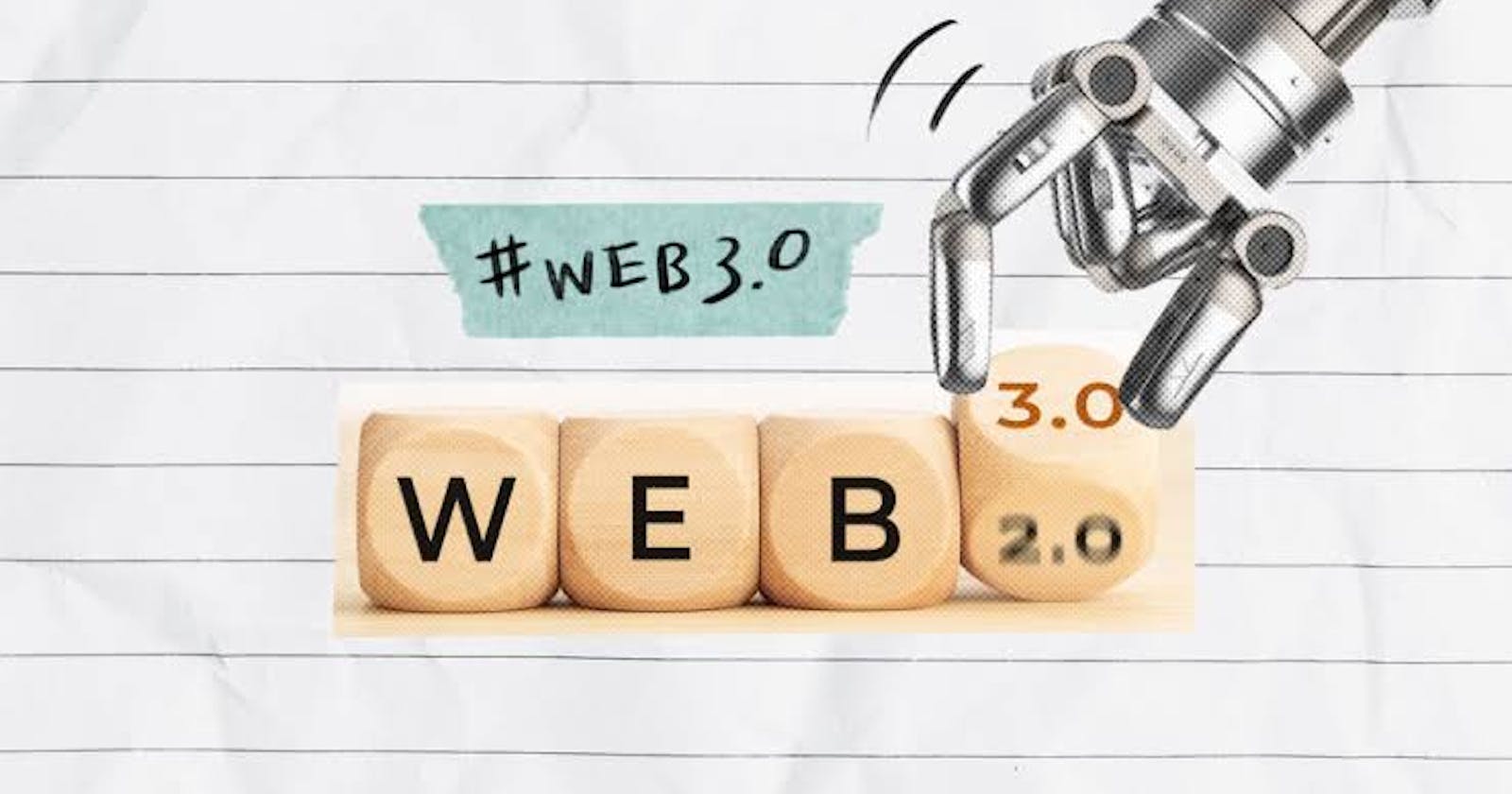Advantage of Web3 over other technologies ..
Web3 has been in more control over the blockchain.
Web3 technology, also known as decentralized web or blockchain web, is the next generation of the internet, where users have more control over their data and their online experience. The technology is based on blockchain, the same technology that powers cryptocurrencies like Bitcoin and Ethereum.
Web3 technology is built on the concept of decentralization, which means that there is no central authority controlling the flow of information. Instead, data is stored on a distributed network of computers, known as nodes, that work together to create a decentralized system.
One of the key advantages of Web3 technology is increased security and privacy. In traditional web systems, data is stored on centralized servers, making it vulnerable to hacking and cyber attacks. In a decentralized system, data is spread out across multiple nodes, making it much more difficult for hackers to access. Additionally, because data is stored on a blockchain, it is encrypted and immutable, providing an additional layer of security.
Another advantage of Web3 technology is that it allows for more control over personal data. In traditional web systems, users' data is often collected and used by companies without their consent. In a decentralized system, users have more control over their data and can choose to share it or not. Additionally, because data is stored on a blockchain, it is transparent and auditable, allowing users to see who has access to their data and how it is being used.
Web3 technology also enables new types of applications and use cases that were not possible before. For example, decentralized finance (DeFi) applications, which allow users to borrow, lend and trade cryptocurrencies without the need for a traditional intermediary, are becoming increasingly popular. Additionally, with the emergence of non-fungible tokens (NFTs), it is now possible to create unique digital assets that can be bought, sold and traded on a blockchain.
Another promising area for Web3 technology is decentralized autonomous organizations (DAOs). A DAO is a digital organization that is run by its members, rather than a central authority. Members can propose and vote on changes to the organization, making it more democratic and transparent.
Web3 technology is still in its early stages, and there are many challenges that need to be addressed. For example, scalability is still a major concern, and many decentralized networks are not yet able to handle the same number of transactions as traditional systems. Additionally, the user experience of decentralized applications is often not as smooth as traditional web applications.
Therefore, Web3 technology represents the next generation of the internet, where users have more control over their data and their online experience. With the potential to enable new types of applications and use cases, this technology is poised to change the way we interact with the internet. However, there are still challenges to be addressed before it becomes widely adopted. It's an exciting time in the technology and it will be interesting to see how it develops in the future.

